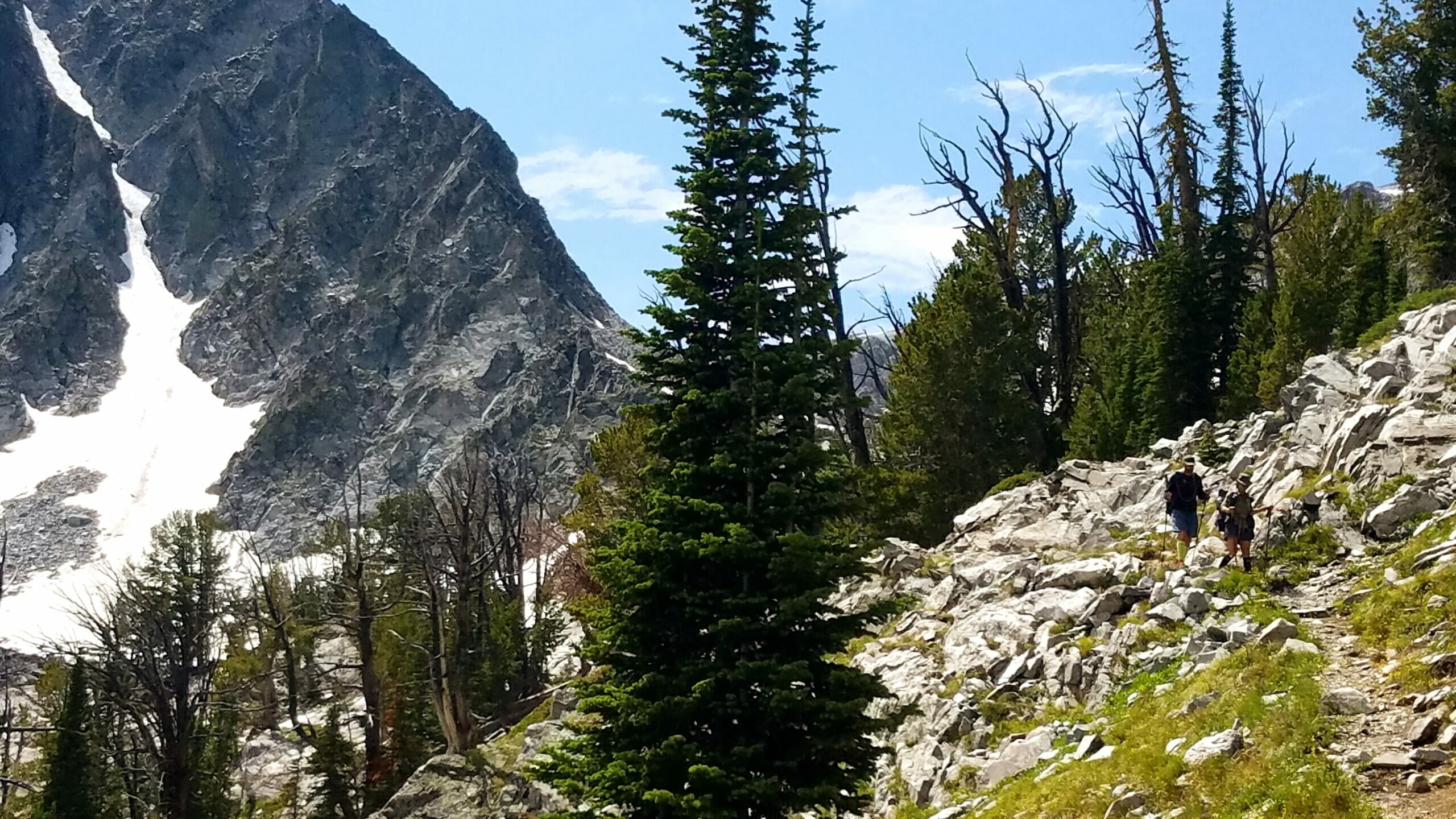Editor’s Note: The Strawbridge family from Lakeland, Fla., is hiking the length of the Continental Divide Trail – all 3,100 miles of it – from Canada to Mexico. Henry Strawbridge, 14, will be providing updates of their journey to Trout Unlimited as they pass through the historic range of seven native trout species. You can track the family and see reports submitted by Henry on this map.
By Henry Strawbridge
On the way back to the trail from a stay in Hamilton, Mont., we opened our boxes of resupply to divide up our food for the section. The van didn’t have any windows in the back, and the ride was bumpy. I didn’t realize it until too late, but, when combined with the curvy roads, the bacon and eggs we had for breakfast did not sit too well with me. Luckily for Doug — owner of the van — we had some Ziploc bags. They make for a pretty good sick bag in a pinch.
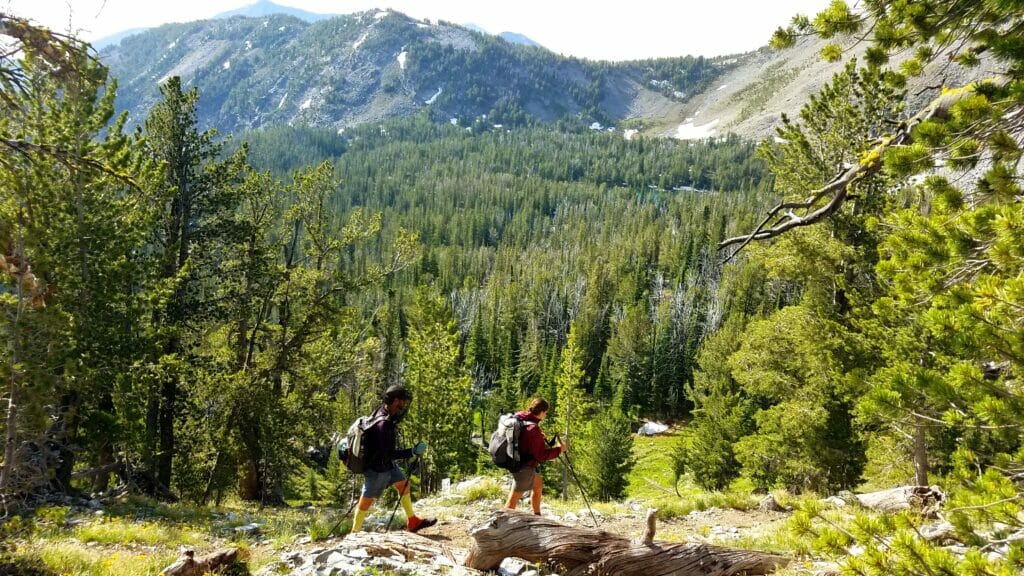
Back on the trail, I had recovered from the excitement in the van, and was prepared to walk the 19 miles scheduled for the day.
This CDT section was a 6-day hike, with many passes and hills to climb and descend. A storm system moved in and hung around through the second and third day. We were lucky though, because we mostly just walked between the big rain clouds. Every time my dad would say, “I feel bad for hikers that are south of us.”
I would respond, “and North.”
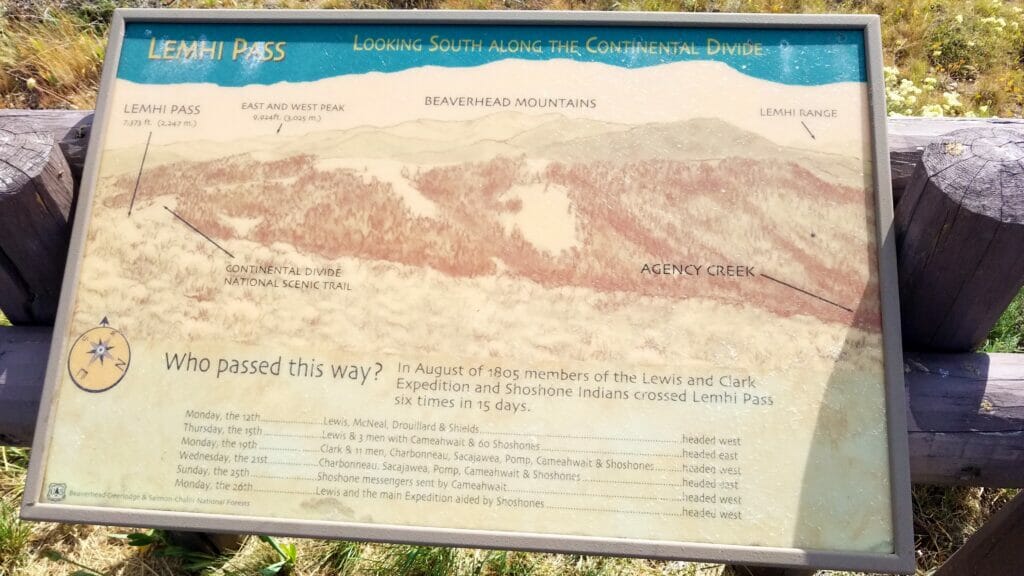
It is a unique place — to the West water drains into the Columbia River and ultimately to the Pacific Ocean. On the other side we walked a short way down a gravel road to filter water from a spring that is the highest known source for the Missouri River.
The final day we began with a steep climb following an old road along the ridge. We entered free-range cattle country that day and spotted several large groups of them all mooing and frowning. We inadvertently got into a race with a herd that seemed to be trying to cut us off down the road.
That day the terrain changed. Unlike the craggy mountains, the hills were smooth with two ranges on either side. Surprisingly, the “hills” we were on were almost always above 8,700 feet above sea level. Sometimes venturing up to 9,800 feet. It was strange to be that high and not in alpine conditions.
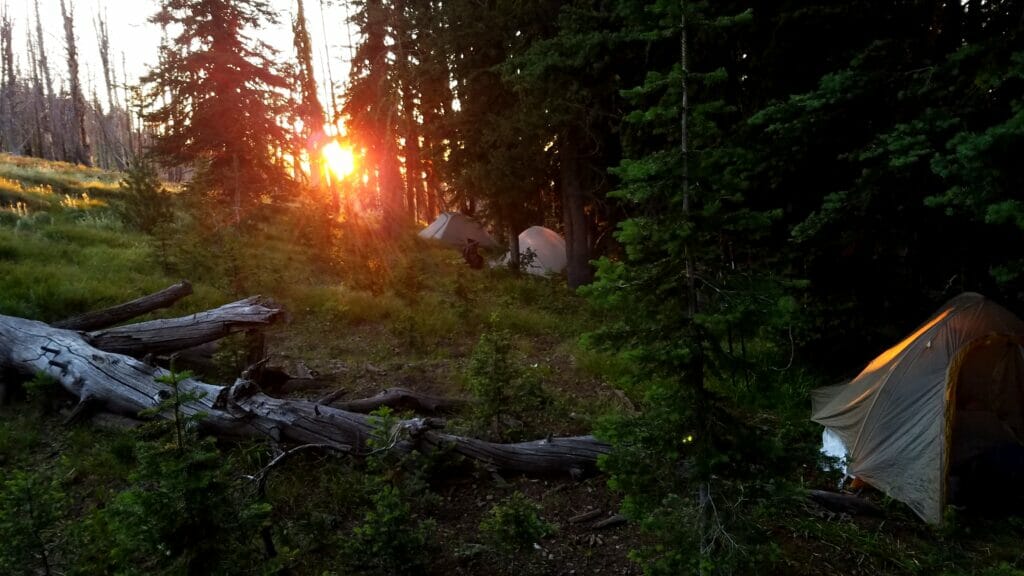
There are some interesting things about cows that most people may not know. One is that cows clear out incredible camping spots under trees. They also, however, almost destroy water sources. Cows not only drink the water, but it appears they must also take baths in it, stirring up the water and dirt, blocking water flow. So, for this section, there was no shortage of camping, but some long water carries past the cow-fouled streams.
At the Leadore access point we were picked up by Sam, he owns the Leadore Inn. He drove us down the last unpaved highway in Idaho, and dropped us off at the Silver Dollar for some hamburgers.
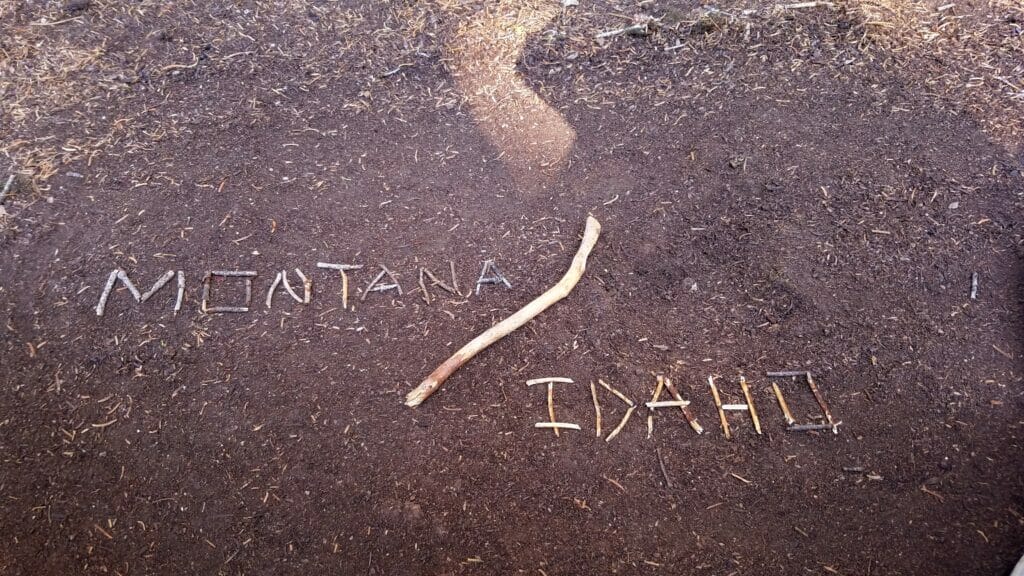
That night we cowboy camped — slept outside without tents — near the hotel and saw the stars for the first night of our adventure. With the long days, we are usually asleep before the stars come out.
The following day we lazed around, did a food resupply, and ate lunch at the only other restaurant in town.
We left around 4 p.m. to give the blazing sun a little time to move lower in the sky, before we hiked about 6 miles and pitched camp for the 4.5-day push to Lima.
This desert is obviously not the place the trout want to spend their summers!
Until next time,
Henry
COVID-19 note: The Strawbridge family anxiously watched as the coronavirus issue threatened their plans to do the CDT this year. After careful consideration the family made the decision to drive to Montana to start the trip to avoid any possible exposure on airplanes. None of the family members are exhibiting symptoms. They have arranged to be completely supported for the first 400 miles of the hike to avoid contact with local communities and will continue with limited contact with the outside world throughout the duration of the trip.



